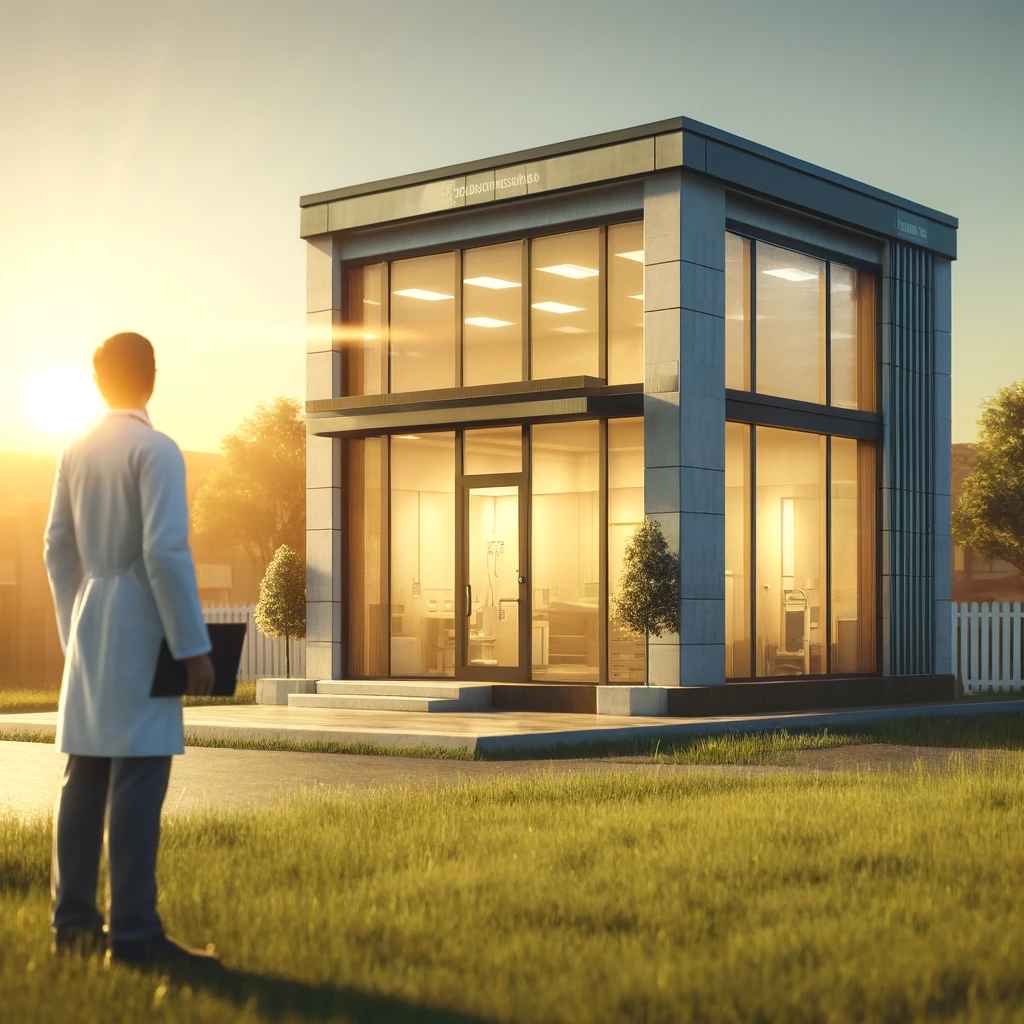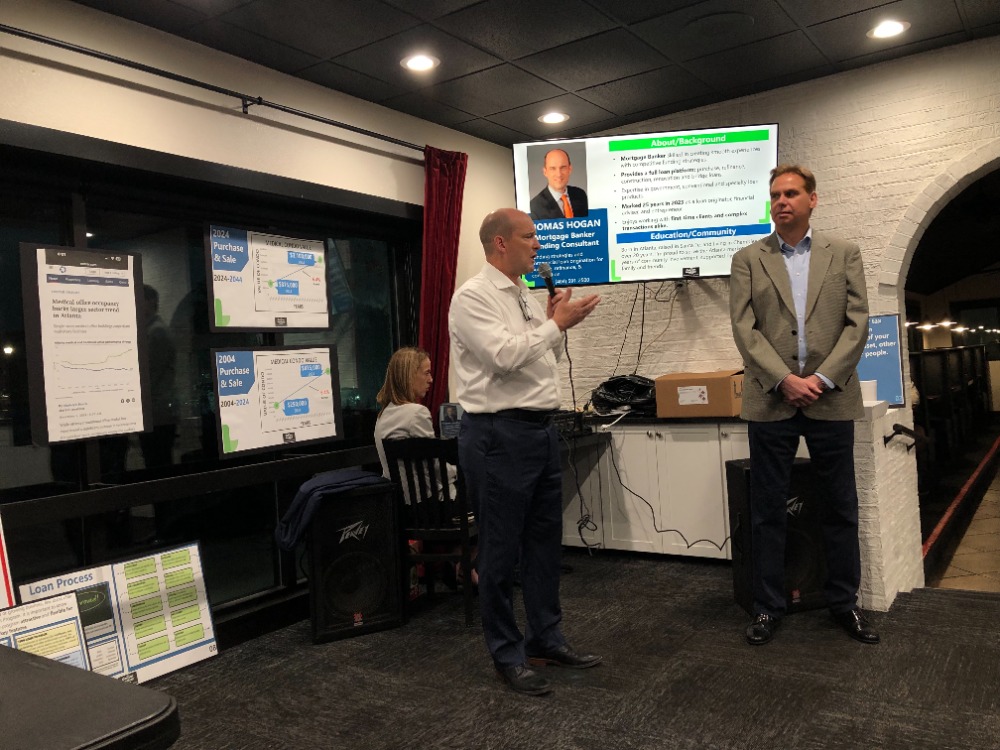
Doctors Need to Own Their Practice Spaces
With nearly 1 in 10 healthcare properties owned by real estate firms, doctors are increasingly losing control over their practice environments. Here’s why medical professionals should consider owning their own spaces to secure their independence and improve patient care.



